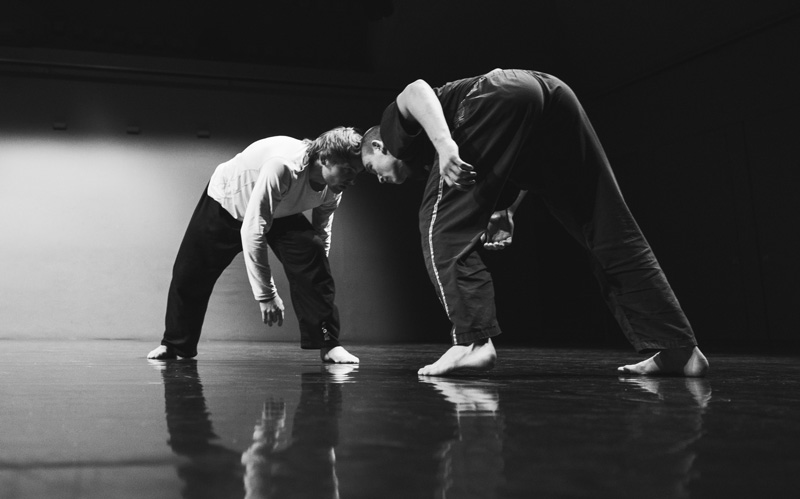He who fights is a warrior. Or an artist? And where is the border to dance? Israeli choreographer Yotam Peled explores the similarities between combat and dance practices. A conversation about (violent) fantasies, tenderness, pain and vulnerability.

Where the Boys Are
Martial artists who compete against each other want to defeat their opponent – it is a struggle for superiority. Yotam Peled takes a different path: he lets his performers not only fight, but also pause, collapse, fail – until their vulnerability becomes visible. The clash of bodies becomes a play of forces to discover one’s own weaknesses and strengths in the opponent. Space is created for new ways of touching – playful, tender – that we rarely allow ourselves in everyday life. A conversation.


